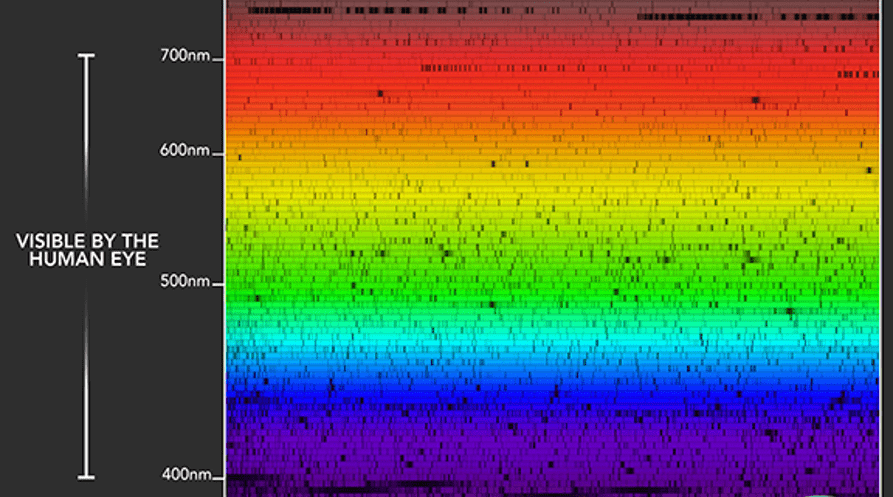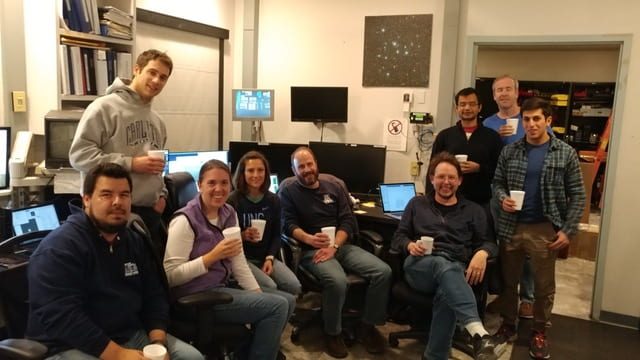Out of This World: Carleton Physics Professor helps build spectrograph for NASA
Assistant professor of physics Ryan Terrien ‘09 worked with colleagues from across the nation to build an astronomical spectrograph for NASA.

An astronomical spectrograph, built for NASA and the National Science Foundation, was recently completed by a team at Penn State University with Carleton College assistant professor of physics Ryan Terrien ‘09 on its roster. Terrien joined the Carleton Physics Department in 2017 and has worked with universities and academic colleagues from across the nation on his most recent solar project.
“I am most impressed by the fact that the team, which consisted of folks across the country, worked through the pandemic to complete this world-class instrument,” Terrien said. “Critical steps of the development actually happened during the pandemic. It was profoundly rewarding to see the system come together and start producing Doppler measurements.”

The NEID spectrometer,
a new tool for the discovery of planets outside of our solar system, has started its scientific mission at the WIYN telescope at Kitt Peak, Arizona, Penn State announced this week. The name NEID is derived from the word meaning “to see” in the native language of the Tohono O’odham, on whose land Kitt Peak National Observatory is located.
“I have been involved most deeply with the calibration system and software for NEID,” Terrien said. “A fundamental reason why NEID is able to measure such small Doppler shifts is due to the “rulers” it uses for calibrating its measurements. The NEID calibration system uses cutting-edge tools from the laser physics world: a laser frequency comb and a Fabry-Perot Etalon. Designing and figuring out how to deploy these systems were substantial projects in their own right, and NEID’s precision hinges on them.”
The newest and one of the most precise tools ever built to detect exoplanets, NEID will discover exoplanets by measuring the minute gravitational tug of these planets on their host star, according to Penn State. The gravitational tug of orbiting planets induces a periodic velocity shift on the host star—a ‘wobble’ that can be measured by NEID. Jupiter, for example, induces a 13 meter per second wobble on our Sun, but the Earth induces a wobble of only about 9 centimeters per second. NEID’s single measurement precision is already better than 25 centimeters per second, enabling it to detect small wobbles with sufficient data.
“I’m looking forward to using NEID to push the limits of Doppler precision, in particular using observations of the best-studied star in the sky–the Sun,” Terrien said. “We are all excited to take lessons learned from NEID solar observations to improve our measurements of other stars and hopefully to approach the ~10cm/s level that would be needed to detect a system like the Earth and Sun.”
For more information and to meet the whole NEID team, read the Penn State press release